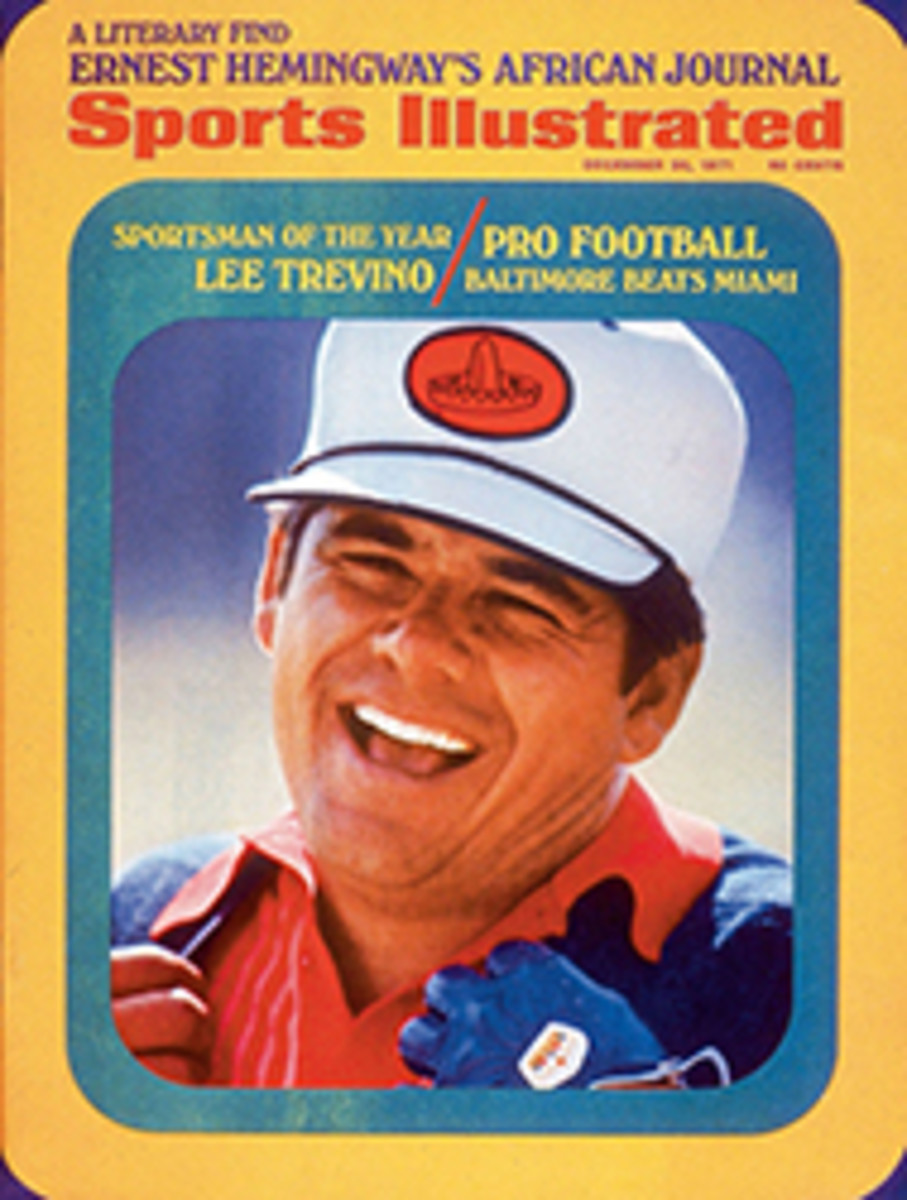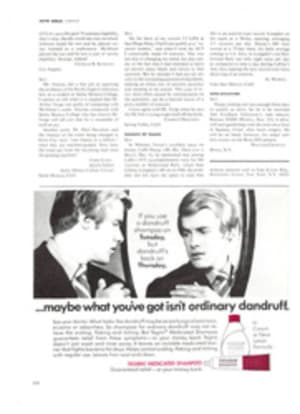
LETTER FROM THE PUBLISHER
It is reflection time, also drink-a-toast time, and we feel we should share with you the fact that this has been a fine year for SPORTS ILLUSTRATED. Never have our advertisers found us more attractive, and never have you, our readers, subscribed in such numbers or reacted with such enthusiasm to what we have offered. It also has been the year we substantially increased our use of color photography and art, an advancement that we feel has resulted in a more vigorous and stimulating magazine.
Now we are able to end this special year in fitting fashion, with the presentation of a story that ranks as a contribution to the rich literature of sport: Ernest Hemingway's African Journal. It is not unusual for us to publish a writer of such stature: Faulkner, Steinbeck, O'Hara, Dos Passos, Yevtushenko, Fowles and other renowned authors have appeared in our pages before. But this is the first time we have run at such a length—55,000 words—a major work.
Hemingway's subject is hunting, and that in itself makes African Journal of unusual interest, for the entire concept of hunting is undergoing stern examination today. Increasingly, there is an ambivalence about the sport, even among those who love it. That this should happen is understandable in a time when there is less space for all of us, less game, and the need for an accommodation with the natural world becomes more obvious. John Fowles dealt with this ecological issue here exactly a year ago in a memorable essay (Weeds, Bugs, Americans, SI, Dec. 21, 1970). Although African Journal—which in part concerns a lion shot by his wife Mary (above)—was written between 1954-56, Hemingway was already going through a similar assessment of the sport he was so fond of. "The time of shooting beasts for trophies was long past with me," he wrote. Indeed, Hemingway's journal of his 1953 safari is a far more immediate statement about man and nature than one would have reason to expect from its period of authorship.
This year-end issue includes another commentary on the essence of sport, one quite differently expressed, but meaningful, too. Photographer Mark Kauffman, armed with camera and thesis, attended many of 1971's biggest events to get on film, through a distinctive use of double-exposure techniques, the interrelationship of athletic performer and spectator. He would shoot a roll of film of the crowd, rewind it, put it back in his camera and shoot a roll of action. The next step for Kauffman was something like opening Christmas presents, since he never knew what he had, or did not have, until he saw the developed slides. Many of his surprises were pleasant ones, as the photo essay beginning on page 98 shows.
And, of course, there is the rest of our usual holiday package: the Sportsman of the Year, the news, the bowl previews, Charles Goren's Christmas quiz. Which brings us to the end of another year. The next issue (dated Jan. 3) will reach you just before No. 1 Nebraska takes on No. 2 Alabama—our way of saying New Year's Day. Meanwhile, a most happy Christmas to you all.
PHOTO
ERNEST HEMINGWAY

